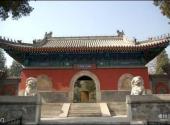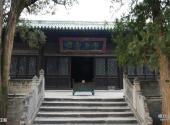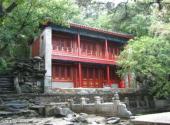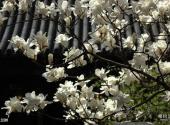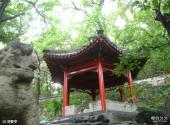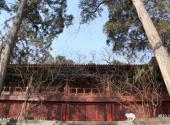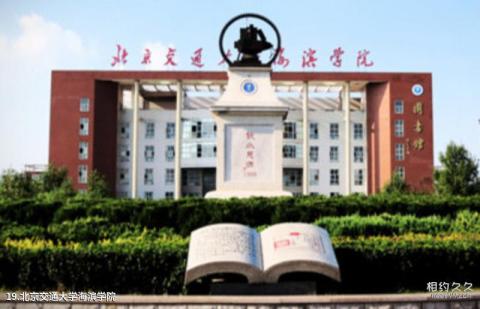
Scenic spot introduction:
Xishan Dajue Temple is famous for its clear springs, ancient trees, magnolias and elegant environment. It is located at the foot of Yangtang Mountain in Haidian District, Beijing. It was first built in the fourth year of Xianyong's reign (1068) in the Liao Dynasty and was called Qingshui Temple. In the Jin Dynasty, Dajue Temple was one of the eight major water courtyards in the Xishan Mountain of Jin Zhangzong. It was later renamed Lingquan Temple in the Ming Dynasty. After reconstruction, it was changed to Dajue Temple. The magnolias of Dajue Temple, the lilacs of Fayuan Temple and the peonies of Chongxiao Temple are known as the three major flower temples in Beijing.Attractions distribution:
The temple faces east from the west, and the palace is built along the mountain. From east to west, it consists of four courtyards: the Heavenly King's Hall, the Mahavira Hall, the Amitayus Hall, and the Great Compassion Altar. In addition, there are Siyi Hall, Qiyun Pavilion, Lingyao Pavilion, Dragon King Hall and other buildings.Scenic spot qualifications:
National 3A scenic spotScenic spot features:
Sightseeing, vacation, visit, religion, monumentsAttraction Address
Travel Guide
travelling guideline:
Every April, Dajue Temple holds the Dajue Temple Magnolia Cultural Festival. In addition to viewing the blooming magnolia flowers, it also holds some exhibitions and cultural activities.
Best time to visit:
April–October
Tourist Transportation
Scenic spot location:
China > Beijing > Haidian District
How to get there:
Take Route 633 (South Exit of Anningzhuang East Road → Yangtuo), get off at Dajue Temple Station, and walk to Dajue Temple.
By car: After arriving at Taizhouwu from the Summer Palace, take the old road to the left, past the hot springs, there are road signs, and go up Junzhuang Road.
Scenic area map:
Click to expand the scenic area map
Attraction Tickets
Dajue Temple Ticket Price:
20 yuan/person
Scenic area opening hours:
08:00 – 17:00

